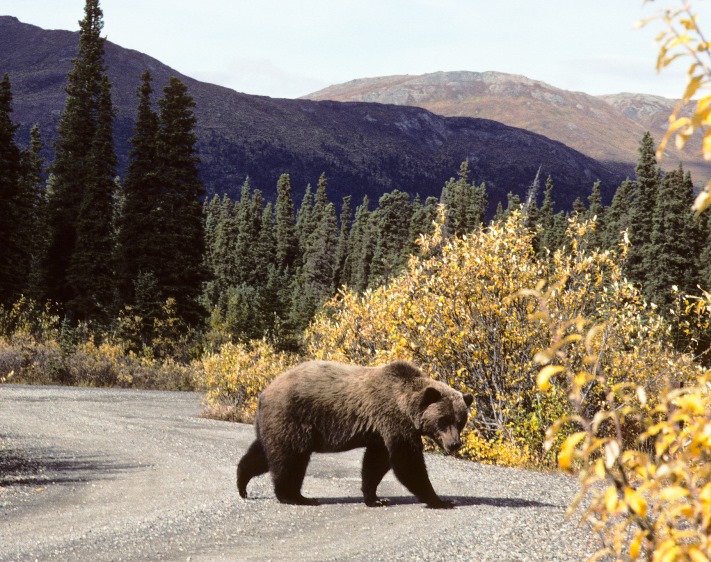The Predictive Services section at the National Interagency Fire Center has issued their Wildland Fire Potential Outlook for April through July. The data represents the cumulative forecasts of the eleven Geographic Area Predictive Services Units and the National Predictive Services Unit.
If their predictions are accurate, In April the fire potential should be above normal in the upper midwest, southern Alaska, northern great plains, and southern California.
Here are the highlights from their outlook.
April
- Above normal wildland fire potential across the north central U.S. will expand.
- Above normal wildland fire potential will develop across portions of Southern California.
- Above normal wildland fire potential will become prevalent across southern Alaska.
- Below normal wildland fire potential will continue along the coastal plain of the Southeast as well as Puerto Rico.
May
- Wildland fire potential across the north central portion of the U.S. will return to normal in May
- Above normal wildland fire potential will expand across into northern California, southwestern Arizona, and much of Hawaii.
- Above normal wildland fire potential will persist across most of southern Alaska.
- Below normal fire potential will develop on the southern Rockies Front Range and persist in Puerto Rico.
June & July
- Above normal wildland fire potential will expand to across the West Coast, part of the northern Rockies and Great Basin, and continue for most of Hawaii.
- Wildland fire potential will return to normal for southern Alaska.
- Below normal wildland fire potential will spread across the Tennessee and Lower Mississippi Valleys.
And from NOAA and the USDA:











